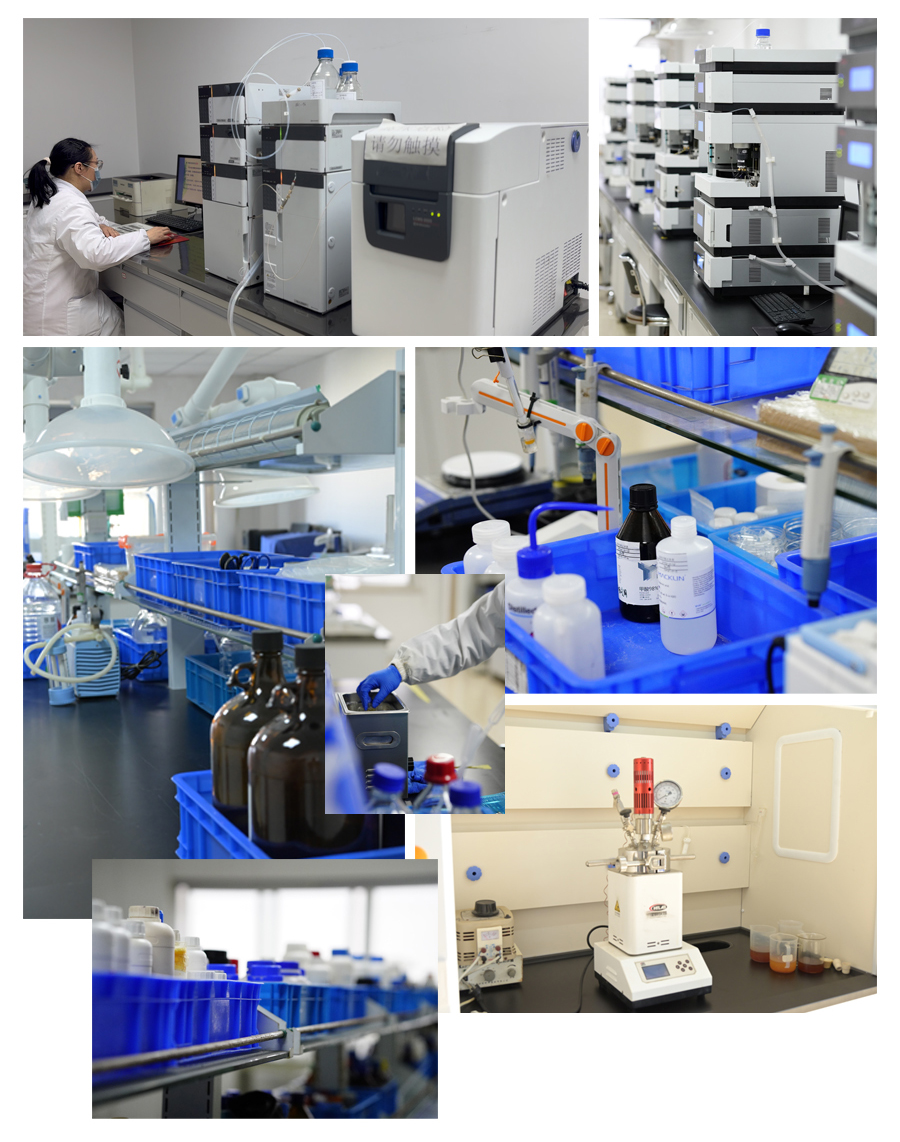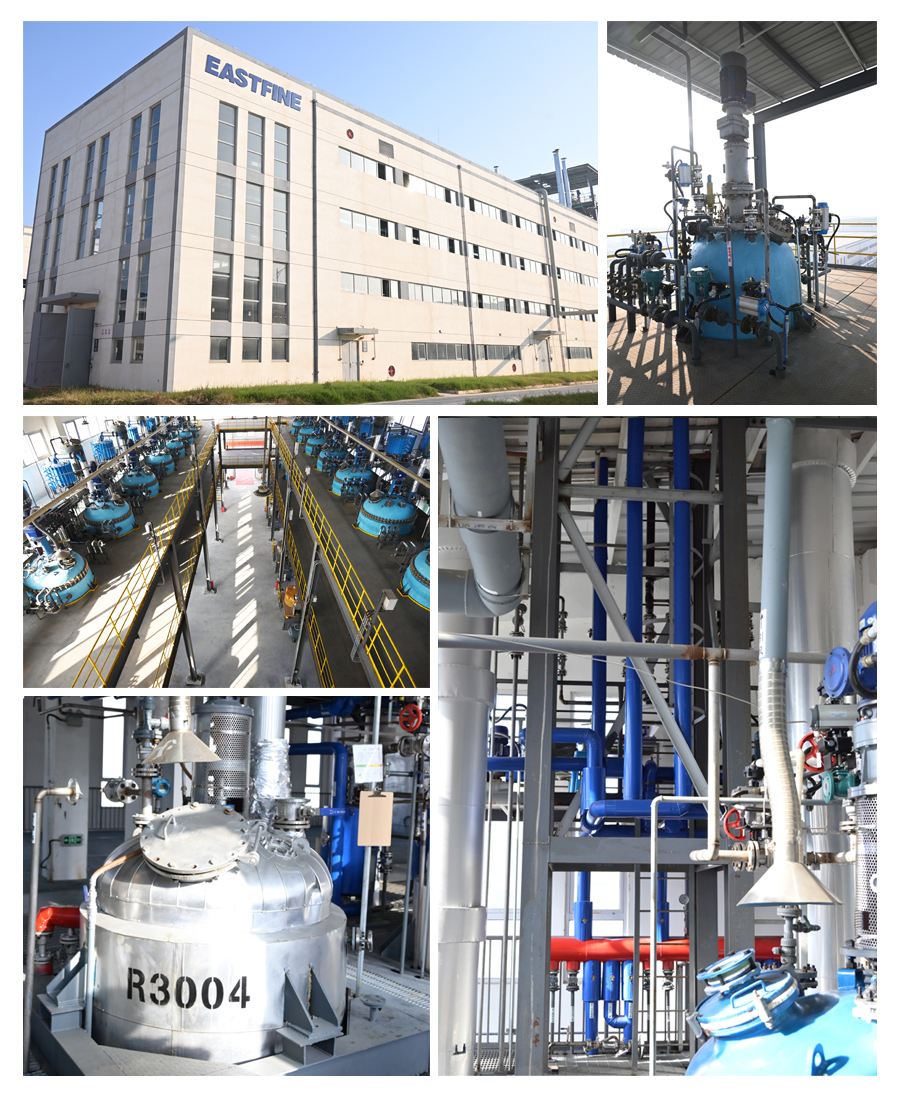| Availability: | |
|---|---|






Product Description
We are a pharmaceutical intermediate manufacturer of 4-Bromo-3-fluorobenzaldehyde.
Its CAS No. is 133059-43-5
Our pharmaceutical intermediates can be used in a variety of APIs.
| Product Category | Custom Synthetic Intermediates |
| CAS NO | 133059-43-5 |
| Product Specifications | Melting point: 55-59 °C Boiling point: 240.2±25.0 °C(Predicted) Density: 1.670±0.06 g/cm3(Predicted) Storage temp.: 2-8°C |
Office Environment

Laboratory

Workshop/Warehouse

Certificate

4-Bromo-3-fluorobenzaldehyde is produced by EASTFINE , and we are in charge of overseas selling . Not just trading compamy .
China,America,Brazil,England,Russia,Poland,India,Pakistan,NewZealand,Korea,Australia,Dubai,Turkey,Indonesia,UAE.
yes , you can have 1 4-Bromo-3-fluorobenzaldehyde sample for starting the business , but it is not free
please contact sale team for detail .
4-Bromo-3-fluorobenzaldehyde (CAS 133059-43-5) is a halogenated aromatic compound with the molecular formula C₇H₄BrFO. This pale yellow crystalline solid contains both bromine and fluorine substituents on the benzene ring along with an aldehyde functional group, making it particularly useful for pharmaceutical and materials chemistry applications.
The compound typically appears as light yellow crystals or powder with a molecular weight of 203.01 g/mol. It melts between 54-58°C and shows good solubility in common organic solvents like ethanol, dichloromethane, and THF. The material has limited water solubility and may gradually darken when exposed to air or light over time.
For maximum stability, store in tightly sealed amber glass containers under inert atmosphere at 2-8°C. The aldehyde group is sensitive to oxidation, so containers should be purged with nitrogen or argon before sealing. Properly stored material maintains good quality for at least two years.
This compound serves as a versatile intermediate in organic synthesis, particularly for drug discovery. The aldehyde group participates in condensation reactions to form various derivatives, while the bromine atom enables transition metal-catalyzed cross-coupling reactions. It's especially valuable for developing fluorinated pharmaceutical compounds.
The material may cause skin and eye irritation. Appropriate personal protective equipment including nitrile gloves and safety goggles should be worn during handling. Work should be conducted in a well-ventilated area or fume hood. In case of contact, immediately flush affected areas with water for at least 15 minutes.
Quality control involves several analytical techniques. HPLC analysis typically shows ≥98% purity, while melting point determination provides a quick quality check. FTIR spectroscopy confirms the presence of the aldehyde group, and NMR analysis (both ⊃1;H and ⊃1;⊃3;C) verifies the molecular structure. Elemental analysis may be used for comprehensive characterization.
The strategic combination of halogen substituents creates multiple reactive sites for selective functionalization. The fluorine atom influences the electronic properties of the aromatic ring, while the bromine serves as an excellent handle for cross-coupling reactions. The aldehyde group provides additional versatility for creating various derivatives.
The compound is commercially available through specialty chemical suppliers in quantities ranging from grams to kilograms. Many suppliers provide certificates of analysis with each batch and can accommodate custom synthesis requests for specific research or production needs. Technical support is often available for application development.